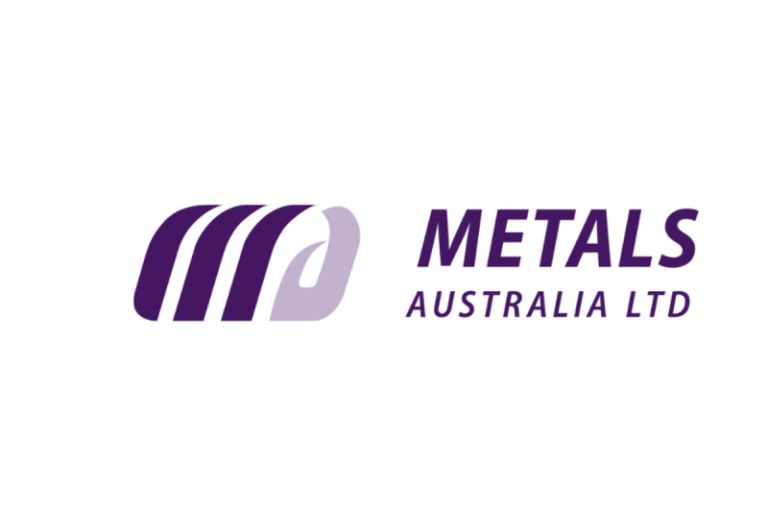AMELIA ISLAND, Fla. — He strolled around the place with a purpose, like a guy who knew something everyone else didn’t.
Like a guy who got what he wanted all along.
“We’re in a very good position right now,” Florida State athletic director Mike Alford said Wednesday during break in the annual ACC spring meetings. “Everything is moving forward.”
What a strange and eventually fruitful ride it has been.
Florida State was never headed to the Big Ten. Florida State was never negotiating with the Big Ten or having back-channel talks with the Big Ten.
No matter what some clown(s) on social media proclaimed.
That doesn’t mean FSU wouldn’t have crawled through broken glass for the 1,000 miles from Tallahassee to the Big Ten headquarters in Chicago, it just means the Big Ten wasn’t biting. Ever.
But Florida State was negotiating with the ACC, its home conference since 1991. The school did want a better deal, and did feel as though it brought more to the table than the ACC was giving.
BEST OF BEST: Our ranking of college football’s top 25 coaches
It did hire attorneys and threaten to leave the conference, and did play a negotiation game that ultimately left it with a clear, self-made path to financially running with the lead pack at the Big Ten and SEC.
Or as Alford says, “I tell all of our fans now, when you come to the game, be sure to leave your televisions on at home.”
Because those television ratings are not only the lasting takeaway from more than a year of public – and at times, ugly – negotiation with the ACC, they’re critical to Florida State’s survival.
At least now, the Seminoles have their financial destiny in its hands. The more high-value television games they play, the greater the media rights payout from the ACC.
How much greater? Maybe as much as $18 million more annually for football. And more for basketball.
“That’s in the ballpark,” Alford said. “Any school in our conference can go out and earn those numbers.”
And that’s what Florida State wanted all along, anyway.
Alford’s point to ACC commissioner Jim Phillips (and the rest of the league): it wasn’t fiscally fair for Florida State – and Clemson and Miami – to pull the television weight of the conference, and everyone else benefit from it.
Why should the Seminoles spend top dollar on facilities and recruiting budgets, and do everything within its power to field a nationally competitive team, and receive the same media rights payout as other programs in the ACC who aren’t invested in getting better and spending money to make money?
Why should Florida State, geographically surrounded by SEC recruiting heavyweights – Florida, Georgia, Alabama and Auburn – eventually making 50-60 percent more in media rights money, be forced to take the eventual fiscal undoing?
You can argue about the process, and if its legal wrangling with the ACC hurt relationships with the league (of course it did). But you can’t argue with survival mode.
That’s why Alford was adamant during this week’s ACC spring meetings that the ACC should schedule more games of significance between conference members. He wants to play Clemson and Miami and Virginia Tech and North Carolina every year.
He wants them to play each other, too. He wants the ACC to grow brands and programs within the conference, and win games of significance outside it.
Like the season opener against Alabama in Tallahassee, and the return game to Tuscaloosa in 2026. Or the home and home series with Georgia in 2027-28.
Or the 2026 schedule that includes non-conference games against Alabama, Florida and Notre Dame.
That’s how Florida State will earn the television numbers to reach the media value initiative in the new deal with the ACC. By reaching those numbers, FSU (and Clemson and any other ACC team) could earn nearly $60 million annually in media rights revenue.
That’s the clearest path to financial security ― not hoping for a new football division in 2030 when Florida State is now allowed to leave the ACC with a decreased buyout, or hoping ESPN will restructure a better deal after 2036. The money is there for the taking now. Go get it.
The SEC gave its 14 longtime member schools $52.5 million for the 2024 fiscal year, and the Big Ten gave $63.2 million to 12 of its 14 schools. Southern California and UCLA, which joined in July of 2024, will receive full shares in fiscal 2025, where the payout is expected to be around $75 million for 16 of its 18 schools (Washington and Oregon shares are being phased in over seven years.).
The ACC is expected to pay out around $37 million to most member schools (not including California, Stanford and SMU) in fiscal 2025. But with media value and success initiatives, that number could jump $20 million-25 million.
The success initiative was the first give by the ACC to Florida State and Clemson (and the rest of the league), where teams will receive a greater share of the College Football Playoff payout for postseason success.
Last December, in the heat of the negotiations and legal wrangling with the ACC, Alford told USA TODAY Sports, “We never said we wanted to leave the ACC” — 16 months after a formal notice of withdrawal.
Less than three months later, the ACC came to the table with a workable media value initiative that settled lawsuits between Florida State, Clemson and the conference — and put FSU’s financial destiny in its hands.
“We’re going to do everything we can to grow Florida State,” Alford said.
Says the guy who got what he wanted all along, anyway.
Matt Hayes is the senior national college football writer for USA TODAY Sports Network. Follow him on X at @MattHayesCFB.
This post appeared first on USA TODAY










